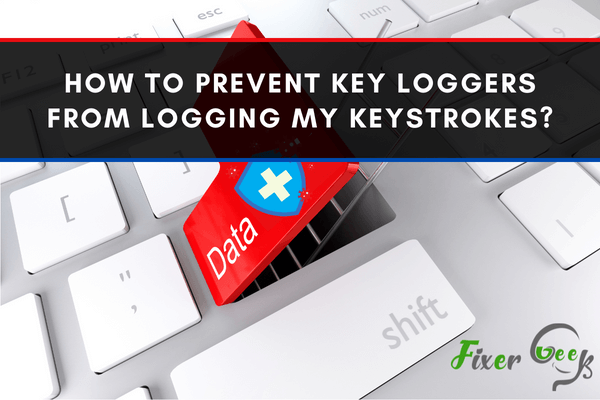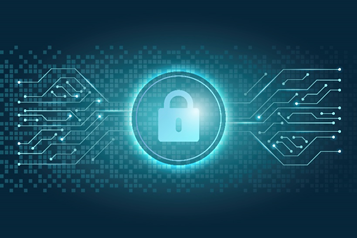Are you overclocking your processor? For those of us who play PC games on a daily basis, overclocking is an important element in order to max out the settings in your favorite titles. But with power comes responsibility, and that means being very careful and following the correct steps when you are overclocking your CPU.

A keylogger poses a risk to your data. It gives the keylogger's author access to your account, passwords, and other sensitive information. Unauthorized transactions and identity theft occur as a result of this.
We'll reveal to you how to safeguard your personal information from keyloggers and how to avoid keylogging attacks. If you wish to know if you have a keylogger on your computer, we'll also go over how to detect them.
Ways To Prevent Keylogging Attacks
Use a 2-Step Verification
Keylogging attacks can be avoided by using two-step verification. To authenticate identity, you must input a pin code delivered to your phone by text message. Even if a keylogger is used to obtain your login and password, it stops hackers from gaining access to your account.

Turn on 2-Step Verification if you want to keep your account safe from illegal access. You will be warned instantly if someone tries to access your account without your permission. That is the first step in preventing keylogging attacks.
Install Software Updates
Software updates help to protect your machine against security flaws. As a result, keyloggers cannot be implanted by exploit kits. It eliminates the computer's loopholes that hackers can take advantage of.
Also, make sure that your browsers have the most recent updates. Hackers make use of obsolete plug-ins and add-ons as well. Installing software updates is a good way to keep your computer secure. Another efficient way to prevent keylogging attacks is to keep your software up to date.
Use Key Encryption Software
To prevent keyloggers from acquiring your unique keys, key encryption software encrypts the keys you press on the keyboard. As keystrokes reach the application, they are hidden.

So a keylogger can only record the characters needed to encrypt sensitive data. Use key encryption software if you wish to add an extra degree of protection against keyloggers.
Don't Download Crack Software
Keyloggers cannot attack the computer if you refuse to download crack software. Malicious software is frequently seen in crack software. Although they are free, they may be harmful to your PC. Accidentally installing a keylogger camouflaged as computer software is a possibility.
Resist downloading crack software if you wish to keep your PC malware-free. Only install programs from reliable sources. Another smart technique to avoid keylogging attacks is to use a password manager.
Download and Install An Anti-Malware Program
Malware such as trojans, rootkit, ransomware, and keyloggers are all protected by anti-malware software. It analyzes all files that enter the computer, identifying and blocking the installation of malicious software.
It also analyzes the computer for malware regularly to monitor the hard drive clean.
Your keyboard is also protected from direct access by anti-malware software. As a result, malicious software is unable to access it directly.
These are some of the most effective ways for preventing keylogging attacks.
To prevent keyloggers from acquiring your sensitive information, you should take steps and provide an extra layer of security. Although a keylogger is simple to spot, once it has infected your computer, it can lead to suspicious transactions. Malware that exploits data is all too common these days. Don't expose your computer to danger.
Summary: Prevent key loggers from logging my keystrokes
- Open the Control Panel (icons view), and click/tap on the User Accounts icon.
- Click/tap on the Manage your file encryption certificates link under the User Account Control Settings section. (see screenshot below)
- In the left pane, click/tap on Personal under Secure a key with a certificate, click/tap on Participating in PKI in the center pane, and go to step 5.
- Click/tap on Import a certificate from a .pfx file or .spc file, and go to step 6. (see screenshot below)
- If prompted by UAC, then click/tap on Yes.
- Click/tap on Browse..., Navigate to where you saved your exported certificate (.pfx), select it, and click/tap on Open. (see screenshot below)
- Type in the same password that you used previously when exporting this certificate, and click/tap on OK. (see screenshot below)